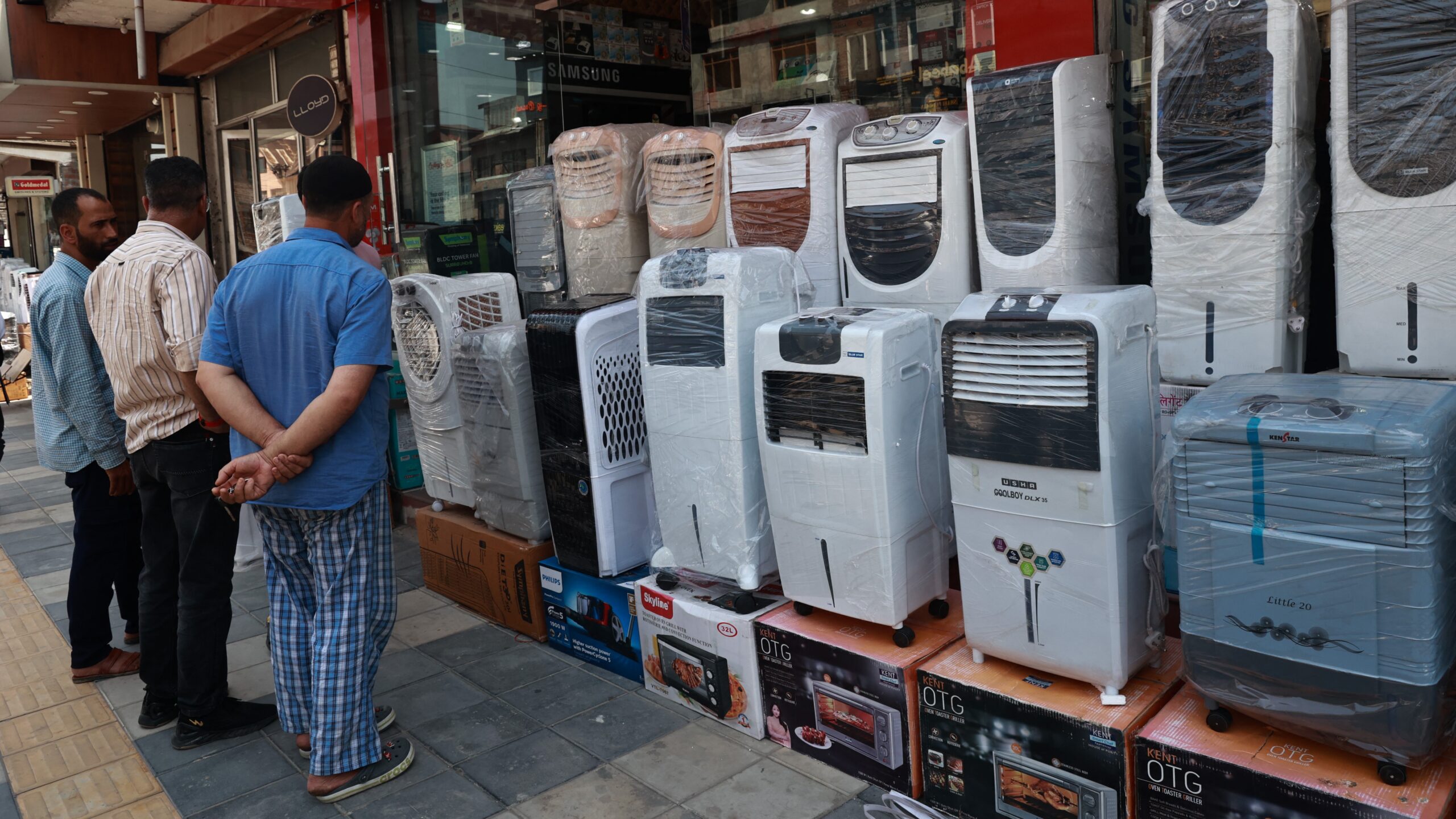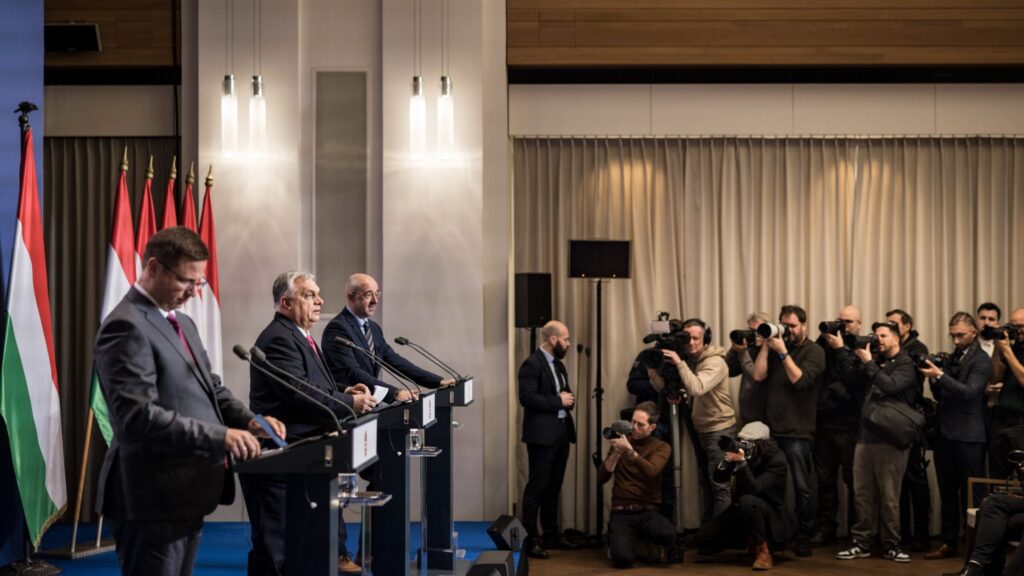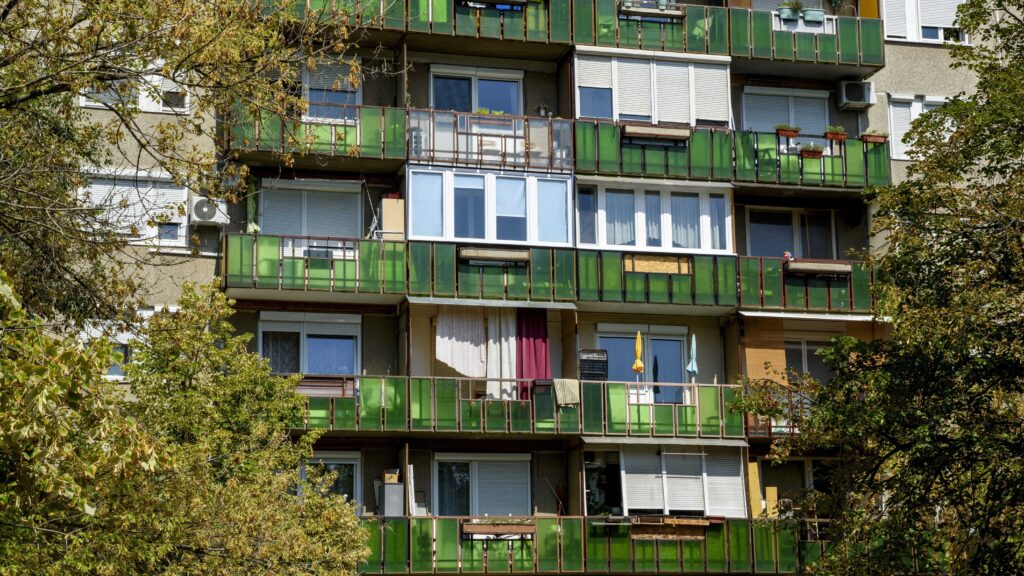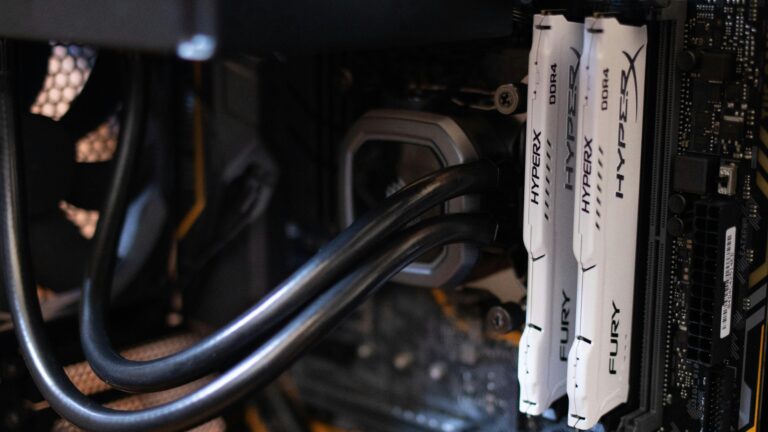The Indian government plans to introduce new regulations to set a minimum temperature limit for air conditioners. If the regulation comes into effect, air conditioners would not be allowed to be set below 20°C, even during extreme heat. Due to early and intense heatwaves, the demand for air conditioners surged significantly during the spring of this year. In many parts of India, temperatures now exceed seasonal norms by 4–5°C and can climb above 40°C as early as April. The growing demand for air conditioning, particularly during peak summer load periods, is placing substantial pressure on the national power grid.
The Expansion of Air Conditioners Challenges Energy Regulators in India
The energy consumption and carbon emissions associated with air conditioners pose a significant challenge in tropical countries. According to a report by the International Energy Agency (IEA), the number of air conditioning units worldwide is expected to increase fivefold by 2050, which could further exacerbate the severity of climate change. This trend is especially concerning since air conditioners consume large amounts of electricity, which is often generated from fossil fuels. As a result, these devices indirectly contribute to greenhouse gas emissions and exacerbate global warming. In response, there is an increasing emphasis on reducing the energy used for cooling. One simple, yet effective approach is regulating the temperature range of air conditioning systems. Several countries, including Singapore and Japan, have already introduced government-led initiatives encouraging households and workplaces to maintain indoor temperatures within the 25–28°C range.
Electricity demand in India has grown quickly in recent years, fuelled by rapid economic development, industrial expansion, the growth of the agricultural sector, improved access to electricity, and the increasing use of electrical appliances, particularly air conditioners, in both residential and commercial sectors. As a result, the country’s electricity consumption rose by 8.3 per cent in 2023, and by 5.8 per cent in 2024. Although the pace of growth slowed in the second half of 2024 due to milder weather conditions, prolonged and intense heatwaves in the first half of the year led to an 8.5 per cent increase in demand. Experts project an average annual growth of 6.3 per cent between 2025 and 2027. India’s summer peak electricity demand rose from 148 GW in 2014 to 250 GW in 2024. While less than 20 per cent of Indian households currently own an air conditioner, cooling is estimated to account for 60 GW of the total peak load in 2024—an increase of 27 per cent in just one year. In fact, a record 14 million air conditioning units were sold in the country last year. Based on current trends, the share of cooling in peak electricity demand could reach 140 GW by 2030, meaning that air conditioners alone would account for one-third of India’s total peak load.
‘Air conditioners alone would account for one-third of India’s total peak load’
Like other countries facing rising cooling-related energy demand, India’s regulatory authorities are taking steps to keep it under control. The Bureau of Energy Efficiency (BEE) launched a voluntary star-labelling programme for fixed-speed air conditioners in 2006, which became mandatory in 2009. In 2015, the programme was extended to include inverter air conditioners on a voluntary basis and became mandatory in 2018. Furthermore, beginning 1 January 2020, the BEE mandated that all room air conditioners must have a default temperature setting of 24°C as part of the country’s energy-efficiency standards. In addition, the ISEER (Indian Seasonal Energy Efficiency Ratio) metric, which measures the seasonal energy efficiency of air conditioners by evaluating the amount of cooling delivered per unit of energy consumed over a specific period, was tightened starting in 2021. This revision contributed to further improvements in the energy efficiency of air conditioners. The impact of these regulatory changes is clearly reflected in manufacturing data from 2019 to 2023. During this period, especially between 2022 and 2023, the market began to shift in response to stricter standards and energy-conservation targets. The share of higher-efficiency air conditioners rated 4- and 5-star under the BEE labelling system gradually increased. Today, these models account for nearly one-third of total production, although mid-efficiency 3-star units still dominate the market.
Further Restrictions in 2025
This year, the Indian government has taken further steps to reduce energy consumption, with a particular focus on residential and commercial cooling systems. As part of its energy-conservation strategy—while also considering user comfort—it proposes to standardize the temperature range of cooling devices used in homes, hotels, and vehicles to between 20°C and 28°C. Currently, some systems can cool indoor spaces to as low as 16°C, which leads to excessive use and places significant strain on the power grid, especially during the hot summer months. The new regulations are intended to be implemented in collaboration with industry stakeholders and are expected to bring about not only technological but also societal changes. The initiative could have a considerable impact on national energy consumption: according to government data, increasing the set temperature of air conditioners by just 1°C can reduce energy use by approximately 6 per cent. This could, in turn, lower peak electricity demand by as much as 3 GW nationwide.
‘Cooling is globally the fastest-growing source of electricity demand in buildings’
Given that India installs nearly 14 million new air conditioning units annually, even small interventions like this can significantly reduce both grid load and overall energy demand. Research from the University of California, Berkeley, suggests that tightening energy-efficiency standards for cooling technologies could reduce India’s peak electricity demand by up to 60 GW by 2035. This would translate to potentially saving India around USD 88 billion in avoided investments for new power plants and grid infrastructure. In addition to regulating cooling, India is exploring other avenues to manage peak load. One of the government’s current plans includes a 30 GWh battery energy storage project. This initiative aims to support the integration of renewable energy into the grid and reduce reliance on fossil fuels.
Cooling Is Becoming Hot Across the Board
Cooling is globally the fastest-growing source of electricity demand in buildings. Without improvements in the energy efficiency of cooling systems or a reduction in the amount of energy they consume, global electricity demand for cooling could more than triple by 2050—reaching a level equivalent to the current combined electricity consumption of China and India. Beyond the energy implications, regulating cooling can also be beneficial in other ways. Overuse, which places major pressure on the power grid, does not necessarily lead to a significant improvement in human comfort. Experts argue that addressing this issue requires a mindset shift and more energy-efficient lifestyles to adapt to rising temperatures. Policymakers can support this transition through various incentive mechanisms. Studies from Singapore, for example, have shown that financial incentives aimed at gradually increasing air conditioner temperature settings can lead to sustained energy savings over time, as they help users adjust to and accept higher indoor temperature levels.
Related articles:







